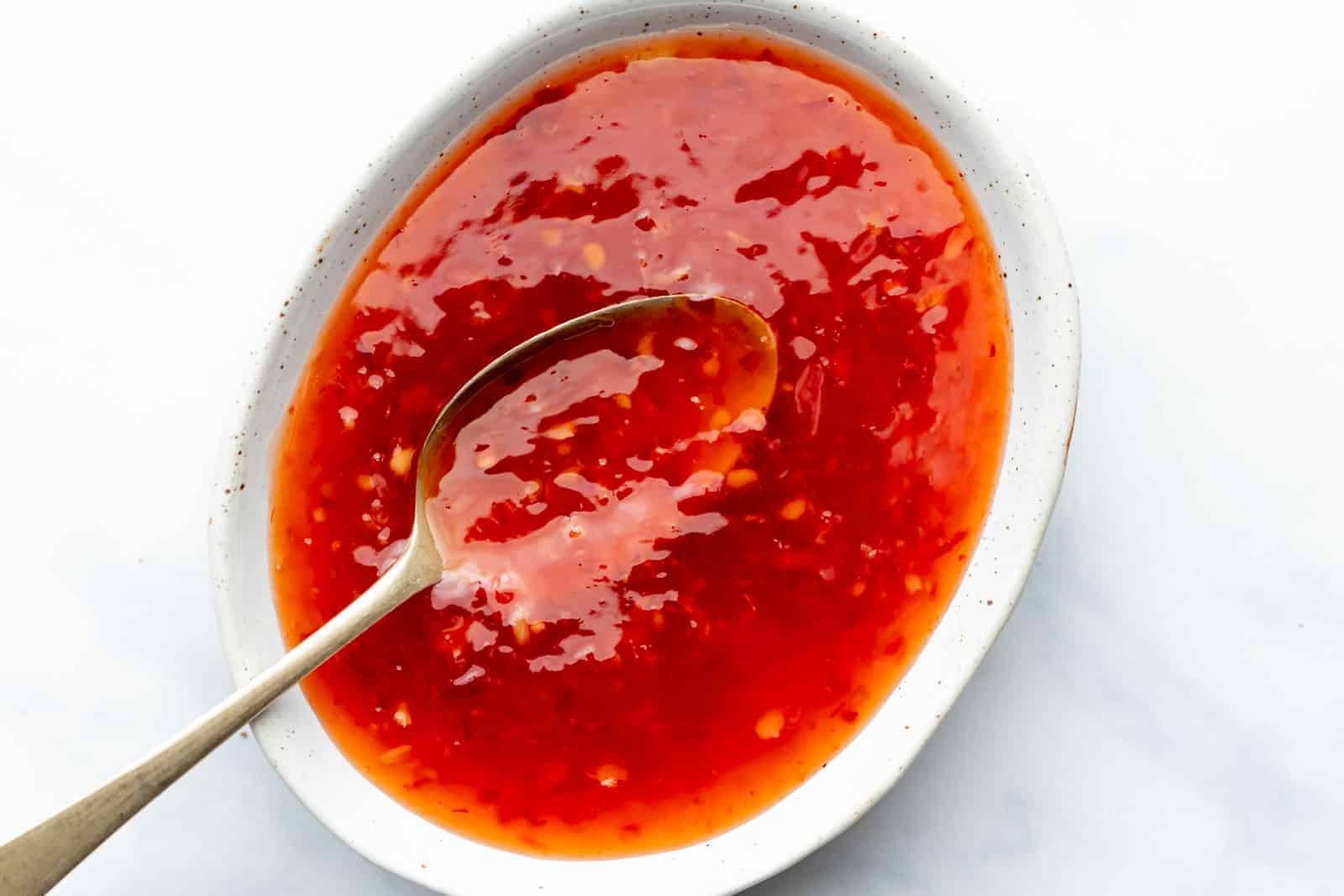Discovering the Delightful World of Udon
Are you a fan of Japanese cuisine? If so, you’ve likely come across the delicious and versatile noodle known as udon. Udon is a type of thick wheat flour noodle that has been a staple in Japanese cuisine for centuries. In this article, we’ll explore the origins of udon, its unique characteristics, and the various ways it can be enjoyed.
The Origins of Udon
Udon noodles have a rich history that dates back to the Nara period in Japan, which spanned from 710 to 794 AD. It is believed that udon noodles were introduced to Japan from China, and over time, they became an integral part of Japanese cuisine. Today, udon is enjoyed in a wide variety of dishes, from simple soups to elaborate stir-fries.
Characteristics of Udon Noodles
Udon noodles are distinct from other types of noodles due to their thickness and chewy texture. They are typically made from wheat flour, salt, and water, which gives them their unique taste and consistency. Udon noodles are available in various thicknesses, with some being as thick as a pencil, while others are thinner and more delicate.
One of the most appealing qualities of udon noodles is their ability to absorb flavors, making them a versatile ingredient in a wide range of dishes. Whether they are served in a hot broth or stir-fried with vegetables and protein, udon noodles always add a satisfying and comforting element to any dish.
Ways to Enjoy Udon
There are countless ways to enjoy udon noodles, and each preparation offers a unique and delightful dining experience. Here are some popular ways to savor udon:
- Udon Soup: Udon noodles are commonly served in a flavorful broth, often accompanied by toppings such as green onions, tempura, or fish cakes. The hot and comforting udon soup is a beloved dish, especially during the colder months.
- Stir-Fried Udon: In this preparation, udon noodles are stir-fried with an assortment of vegetables, meats, and savory sauces. The result is a satisfying and flavorful dish that is perfect for a quick and delicious meal.
- Cold Udon Salad: Udon noodles can also be enjoyed cold in a refreshing salad. Tossed with crisp vegetables and a tangy dressing, cold udon salad is a light and refreshing option, especially during the warmer months.
Conclusion
Udon noodles are a beloved and versatile ingredient in Japanese cuisine. Whether enjoyed in a steaming bowl of soup or as part of a vibrant stir-fry, udon noodles never fail to satisfy with their delightful texture and ability to complement a wide range of flavors. So, the next time you’re craving a comforting and delicious meal, consider indulging in the delightful world of udon!
Was this page helpful?
Read Next: What Is Walking Taco











